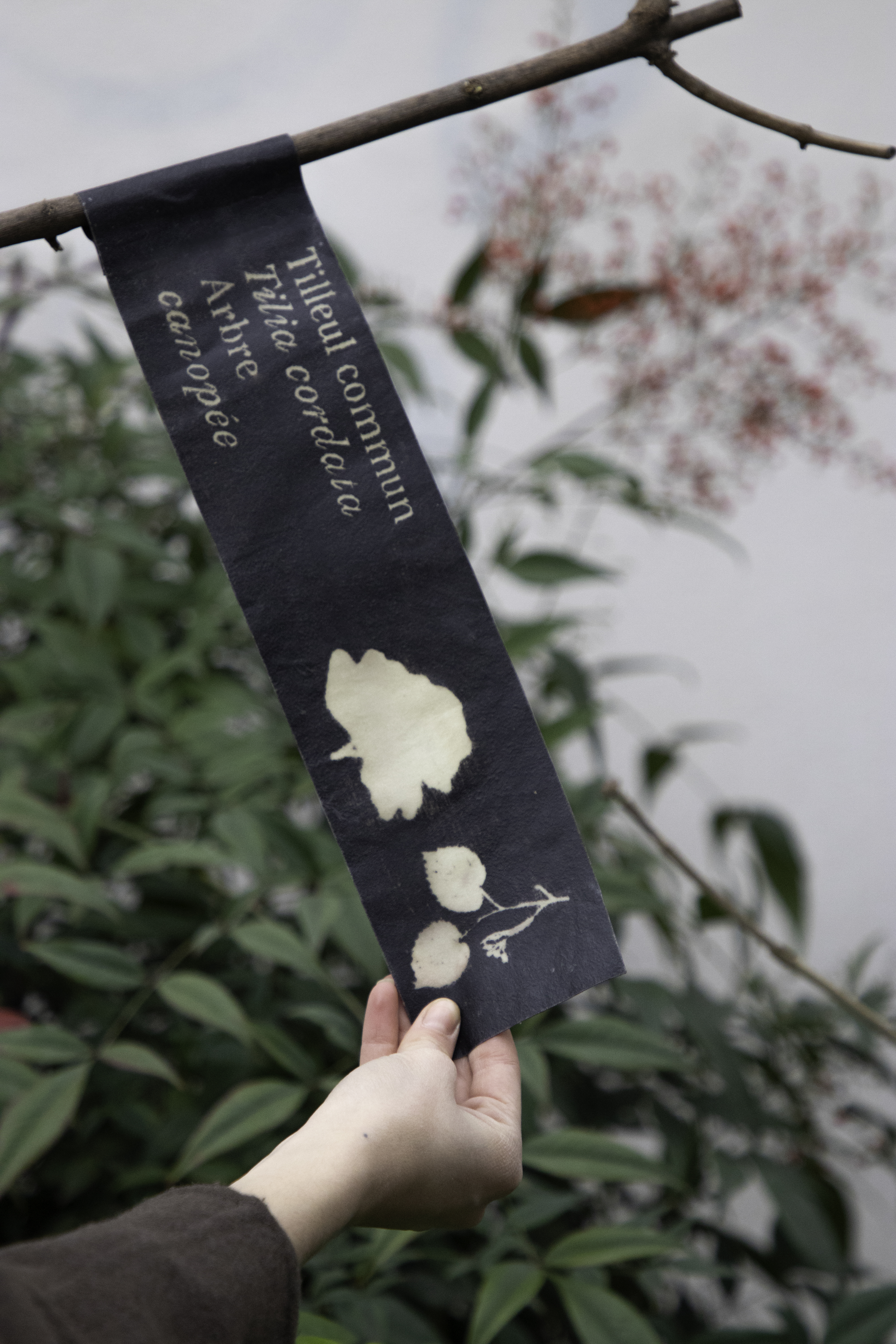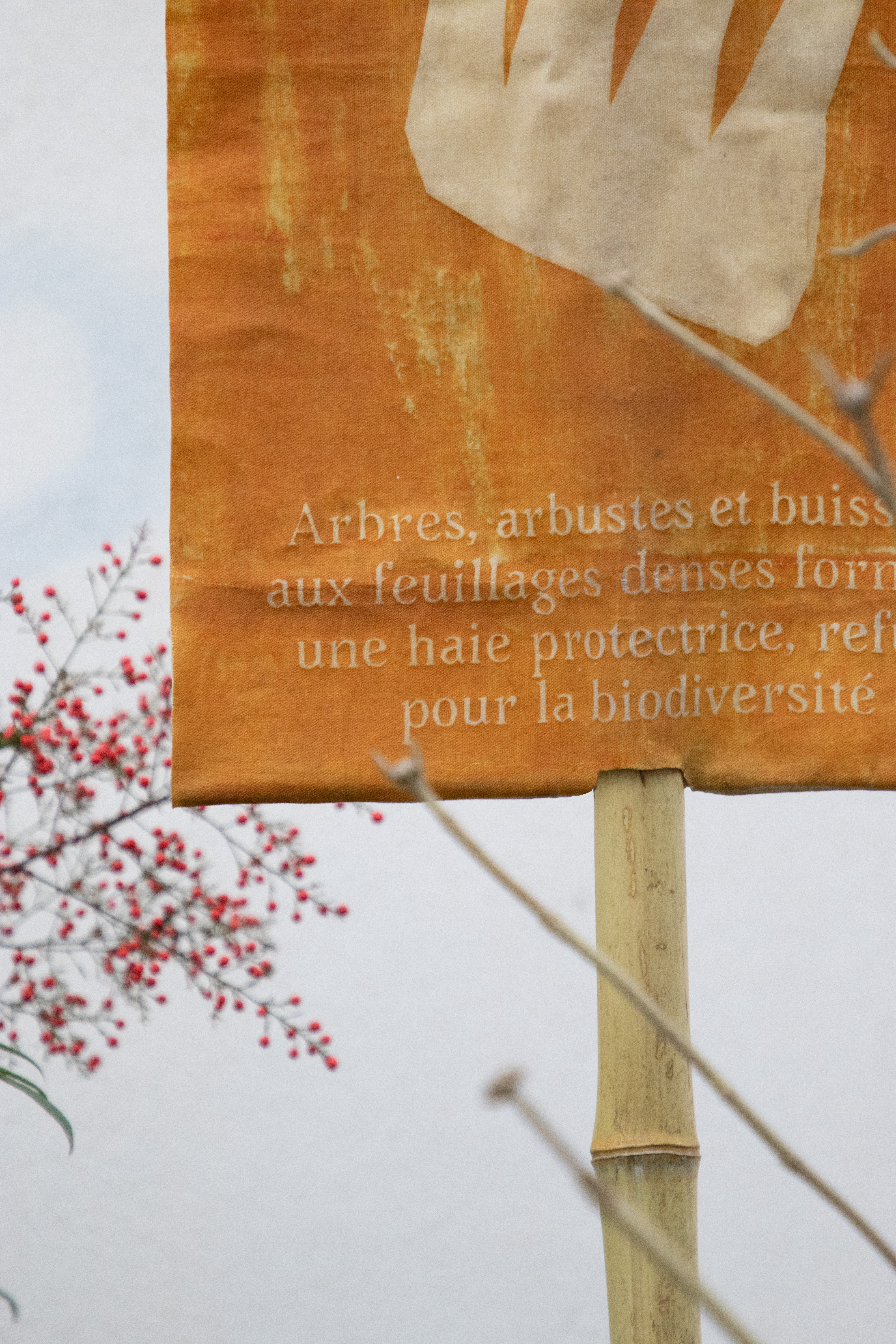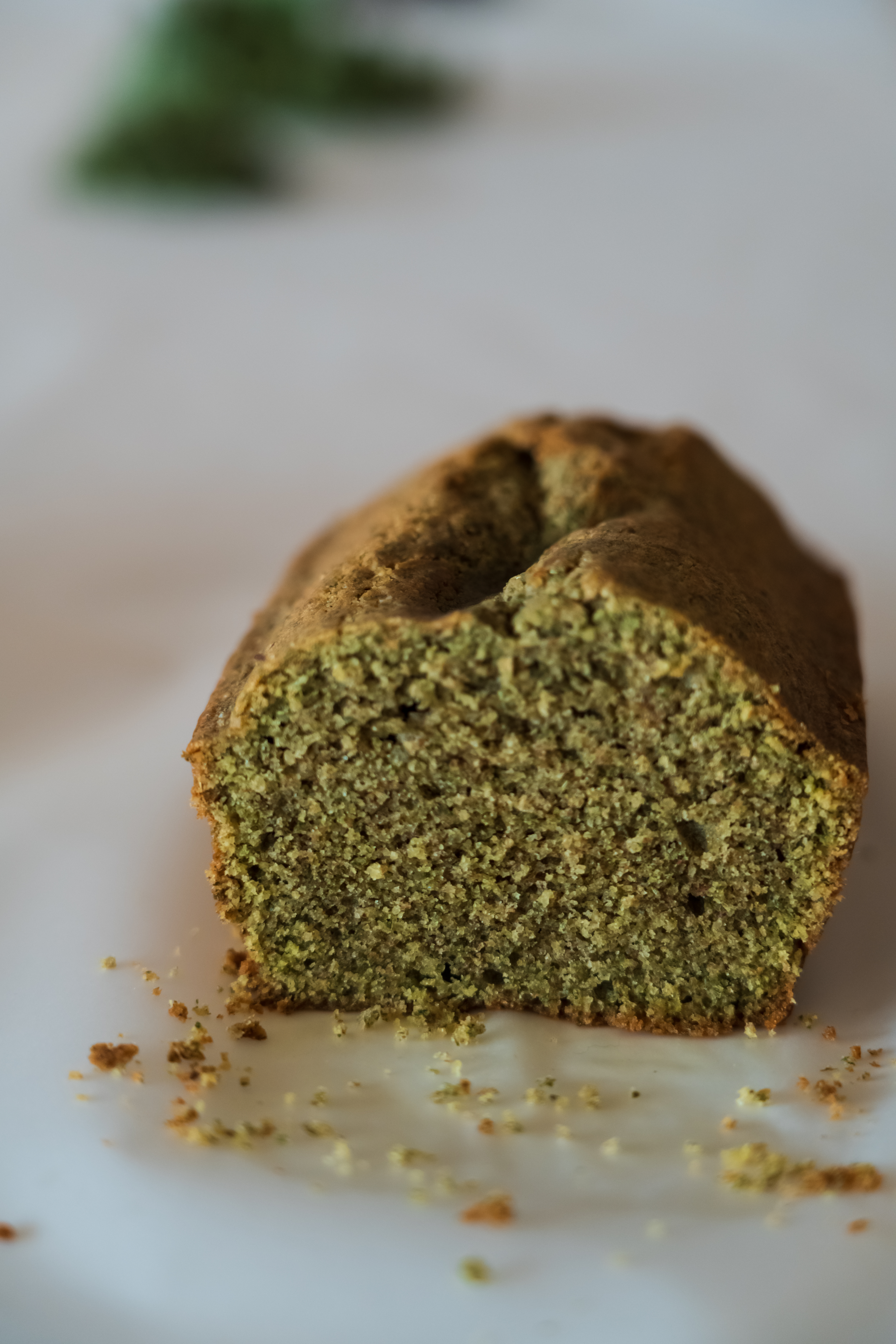My master research explores the forgotten uses of trees that make up
our landscapes, paving the way for the exploration of neglected vernacular knowledge, so as to consider local alternatives to industrial foods
and materials.
The pruning of the upper branches at certain times of the year is an interaction with the tree that exists in cities, to manage facades ; on private land, to prevent falling branches ; in the agricultural environment, to serve as fodder for animals and in the forest garden, where this practice is essential. The branches of large trees are cut back to the ground to create organic matter, leaving direct light for plants in the lower strata. In addition, the cutting of branches strengthens the tree, which keeps its sap close to the trunk. This is an ancestral practice in the countryside for uses such as basketry or heating.
As a case study, I have chosen two trees that are very present in France, both in urban and rural areas: the oak and the lime tree. Starting from the pruned branches of oaks and limes, I explored several ancient uses that have been abandoned: the transformation of lime bark into textile fiber, which was once used for ropes on boats, lime leaves and oak acorns, used as edible flour, and oak tannins, which can be extracted from all parts of the branch (bark, acorns, leaves). The work on the color of oak tannins has allowed the development of a wide range of colors, alternatives to printing on plastic. The flour of acorns and lime leaves provides alternatives to processed flours and the lime fiber can be turned into biodegradable paper pulp, textiles and composite materials. The products from this forest can be returned to the soil after use, in order to close the cycle of the forest environment.
This research on the transformation of pruned branches into semi-products such as colors, flours and plant fibers makes openings for local circuits of production.
![]()
![]()
![]()
![]()
![]()
![]()
![]()
![]()
![]()
![]()
![]()











